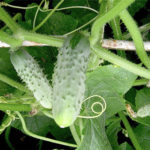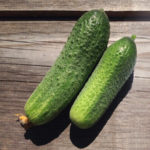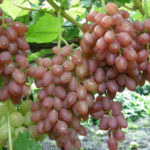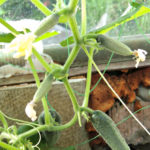Rose Cool water (Cool water)
The queen of flowers with cool buds can be the highlight of any garden. She looks vulnerable, incredibly sophisticated and so delicate that she can melt even a stone heart. All this can be attributed to the Cool Water rose, which is distinguished, in addition, by a pleasant aroma and good endurance in adverse conditions.

History of creation and description of the variety
This culture is of European origin. She was taken out in Holland. The originators of the variety are Johannes Schreurs and Petrus Nicolaas. Its name "Cool Water" is translated from English as "cold water" and indicates the color of the inflorescences.
This decorative perennial belongs to an extensive group of hybrid tea roses and is a very beautiful plant. The bush is formed by erect, strong shoots, devoid of thorns, and has compact dimensions: a height of no more than a meter, a width of about 60 cm. Its foliage, painted in a rich dark green color, caresses the eye with a glossy shine. Single goblet, classic buds, blooming, turn into large (from 8 to 12 cm in diameter), double flowers of a grayish-blue shade with lilac hints. The greenish lower part of the inflorescence brightens over time. Due to the straight velvety petals with wavy edges in the amount of about 30 pieces, the flower looks quite neat. The inflorescences exude a medium-intensity aroma: delicate, pleasant, unobtrusive. They stay on the bush for a long time. The ornamental shrub enters the flowering phase in the spring and stands, strewn with delicate flowers, until late autumn. Quite often this period is divided into two powerful waves.
Cool water variety is endowed with high resistance to black spot, medium - to powdery mildew and other diseases. It is characterized by good winter hardiness (the bush can withstand frosts down to -23 ° C). The lovely blue-gray flowers of the rose are not afraid of short-term rain, but heavy and prolonged rainfall can cause significant damage to them. In the sun, the color of the inflorescences does not fade.
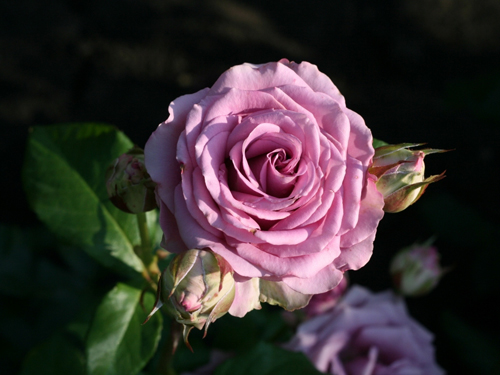
Features of agricultural technology
It is advisable to plant the cold beauty Cool water in the sector of the site, flooded with light all the first and second half of the day. The variety also tolerates light shading - in this case, you will avoid overheating the shrub in the sun. The culture should be protected from cold drafts while maintaining normal air circulation around it, which is required to prevent pests and diseases from appearing on the bush. It is not necessary to place the perennial in a place close to the soil surface of groundwater, so as not to provoke the occurrence of root rot.
A hybrid tea rose needs moderate watering, done 2 times a week. In damp and cool weather, you can halve the frequency of this procedure. Water for the Dutch sissy requires only soft, slightly warmed up in the sun. If we talk about feeding, they should also be regular. With the arrival of spring, a nitrogen concentrate is introduced under the bush to stimulate the growth of the green mass of a perennial, and when buds begin to set on the plant, and even more so when the culture blooms, one should turn to mineral fertilizers saturated with potassium and phosphorus. The same top dressing is shown in Cool Water after its flowering - in two weeks.
You do not need to give up loosening and mulching the soil under the flower. These are two very important procedures, one of which increases the flow of air oxygen to the roots of the plant and prevents the emergence of weeds, and the second helps to preserve moisture in the soil.
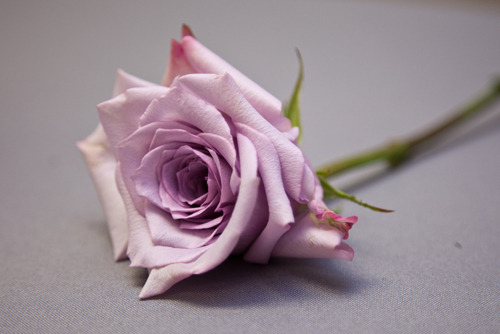
In the spring, it is necessary to prune perennials, during which dead, diseased stems and branches with damage are removed. In summer, dried leaves and inflorescences are removed from the plant. Autumn pruning affects to some extent all shoots and is needed to prepare the crop for winter. Therefore, after completing this event, the rose is spud with dry soil or peat. Growing a flower in an area with a harsh climate will require a special shelter for it.
Your pet will not be prevented from prophylactic treatment with an insecticide and fungicide solution to prevent the appearance of insects and diseases on it, respectively. This spraying is recommended up to three times per season.
Use cases
Cool water variety is suitable for creating both single plantings and group, mixed compositions. The cold beauty goes well with plants whose leaves or flowers are kept in silver, blue-blue, purple, lilac, white and pink colors. These are sage, lavender, bell, catnip, veronica, delphinium, ageratum, iris, crown lychnis, wormwood, oregano, astrantia, large-flowered capital letter, monarda, sand elimus, gray fescue, turfy pike, molin. Combinations of roses with low-growing conifers and evergreen crops (boxwood, juniper, thuja, pine), dwarf willow are relevant.
Long stems topped with large buds look great when cut. They will stand in the water for a long time, delighting you with the mesmerizing bluish-grayish tint of their inflorescences. The Cool water variety is very popular with florists who manage to create fabulously beautiful bouquets using delicate flowers.
